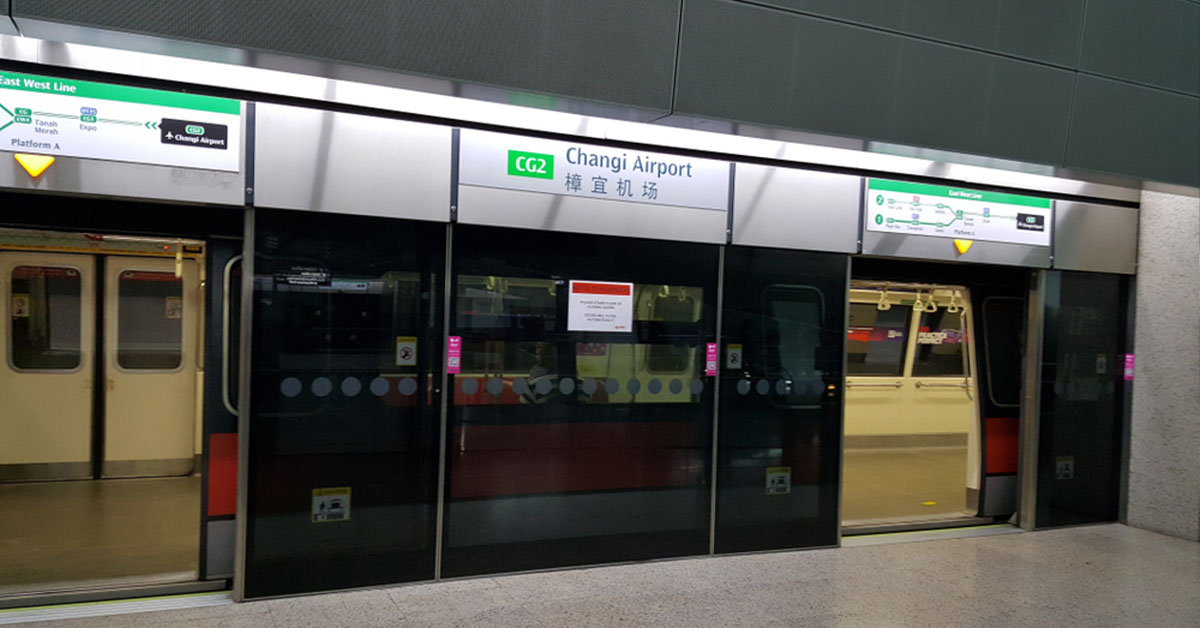“Work, Work, Work.”
No, we’re not singing Rihanna’s famous song from 2016. We’re talking about the job market.
With more jobs going digital, and more of us working from home, it’s no surprise that the employment landscape now looks different compared to what it once was. In fact, in 2022, the Ministry of Manpower (MOM) said that retrenchment in Singapore is at an all-time high, and it served as a reminder of how volatile the job market can be.
SEEK (or some may know them as the operator of JobStreet), gathered data from a whopping 673 companies in Singapore across many industries. In their data collection, they found some interesting trends.
2024 Market Expectations
While some of us are actively going onto job search sites to look for a better job, SEEK, in their 2024 Jobstreet Hiring, Compensation & Benefits Report, offered us the employers’ POV.
45% of the employees surveyed for the report in 2023 feel that the job market will be more active in the first half of 2024 than back then. An active job market means that bosses are more likely to hire, and job searchers like us will continue refreshing sites and applying.
However, for the second half of 2024, only 32% of employers’ are confident in the job market activity, and that’s understandable. They are unsure how and what future global events (like another pandemic, touch wood), can change the job market.

That means that the best time to search for and land a job is in the first half of the year – ride the good vibes.
More Part-Timers than Full-Timers Hired
As you may know, MOM also shared in its labour market report that even when retrenchment doubled in the fourth quarter of 2022, retrenched people can find a job quickly and people are expected to fill in vacancies in 2023.
MOM wasn’t wrong. 90% of companies surveyed stated that they have at least hired one new person into their company, and this is 6% more than in 2022.
Now, the interesting bit, companies hired more part-time employees than permanent full-time employees.

Reader: Are you sure? 82% is more than 28%.
Yes, since the data collected compares the numbers between 2022’s employment behaviour and 2023’s employment behaviour, we look at the difference between the blue and green bars.
The number of permanent full-time employees only increased by 3% between 2022 and 2023. Meanwhile, the growth in permanent part-timers was a massive 18%.
According to Business News Daily, employers tend to go for part-timers compared to full-timers because they are cheaper to hire. Full-timers, though more stable, are more expensive to hire simply because there are employee benefits that they have to provide long-term.
All About The Size
When talking about being hired, who do we mean? Is the preference for part-timers only for start-ups or smaller companies to save costs?
Yes and no.
Small businesses did hire more people than medium and large businesses. But the preference for part-timers is more glaring in the medium and large businesses.

Reader: That’s a lot of numbers. I’m not reading all that.
What you have to know is that medium businesses hired 22% more permanent part-timers from 2022 to 2023, compared to the 6% increase in full-timers.
On top of that, large companies hired 23% more permanent part-timers over the year compared to the measly 2% increase in full-timers.
This means that as a part-timer, I ammore likely to be recruited by a large company compared to a full-timer who wanted to apply to the same company. #MorePowerToMe.
Also, look at the +26% under large businesses. More contractual or temporary full-timers were hired in 2023 than in 2022, and SEEK says that, including the part-timers, companies recognise the need for flexible people and those needed for projects.
Looking Ahead
Now that we’re in the early months of 2024, what does it look like for us? The report collected data from the surveyed companies to know about their hiring plans in the first half of 2024, and it looks sunny.
Across all company sizes, about 49% of them have stated that they want to increase their headcount in the company. This means that most of them want to hire new people and expand their team.

However, most companies want to maintain the number of people working contractually and temporarily in their company.

This is because companies are changing up their employment behaviour as part of their expansion, as well as because they can’t find full-timers that can fit in.
Now, to the thing that applies to all of us.
Who doesn’t want more leave? More benefits?
Good news – companies were seen enhancing and potentially adding more leaves for employees, specifically for compassionate and marriage leave. This is also consistent with providing medical insurance, dental coverage and health checks.
Singapore is known for having one of the lowest employment rates in the world, and our job market is more dynamic than we think. With that, to those who are looking for jobs, wishing you all the best, you might want to consider changing your strategy.
For the rest of us, where are we going next for holiday?



